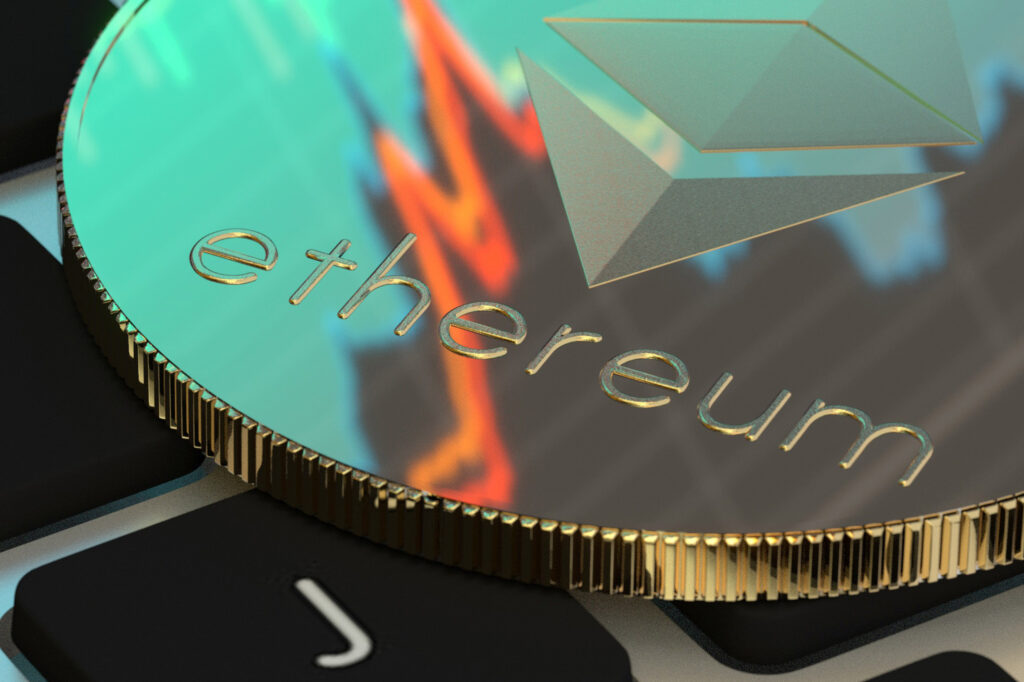Ethereum’s transition to the Proof-of-stake block verification system has been one of the most anticipated events in the cryptocurrency industry since the end of 2020. It will no longer be necessary to consume electricity to close blocks. The energy intensity of the network has been reduced by 99.95%. Ethereum should now be compliant with ESG regulations, significantly increasing its attractiveness towards institutional investors.
Anyone who owns more than 32 ETH will be able to lock them in a smart contract, giving them the chance to earn a reward for closing the block. Until now, the more electricity consumed, the more hashes – attempts to guess the password to close the block and the greater the chance of getting a reward. Now the probability increases with the number of “staked” ETH.
This event is called The Merge, because it actually merges the existing Proof of Work blockchain, which verifies blocks using mining, and the new one, Proof of Stake called the Beacon Chain, which uses forging. Because of this merge, the new blockchain contains the entire transaction history of the previous one.
The activation of Proof of Stake occurred in 2 phases. On September 6, the Bellatrix upgrade was launched. This allowed the network nodes to create blocks on the new blockchain. Then on September 15th, the second phase, Paris, occurred to complete the process.
The future
At the moment, over 10% of the total number of ETHs is locked in the Ethereum staking contract and cannot be unlocked. This should be resolved by the Shanghai upgrade that should come in the next six months to a year. Once it is activated, it is possible that the ETH price will plummet. Some people will be able to dispose of their ETHs after more than 2 years and will want to sell them for a profit on the exchanges.
The merger of the chains was just the first step towards meeting the Ethereum Foundation’s megalomaniacal goals. It does not bring significant improvements for users in itself. Except perhaps reducing the block closing time from 13 to 12 seconds.
The biggest challenge of the immediate future will be the increase in scalability coupled with the reduction of network fees. Currently, the network can process 15 to 20 transactions per second. This is set to rise to 100,000 with the implementation of sharding and layer 2 solutions.

